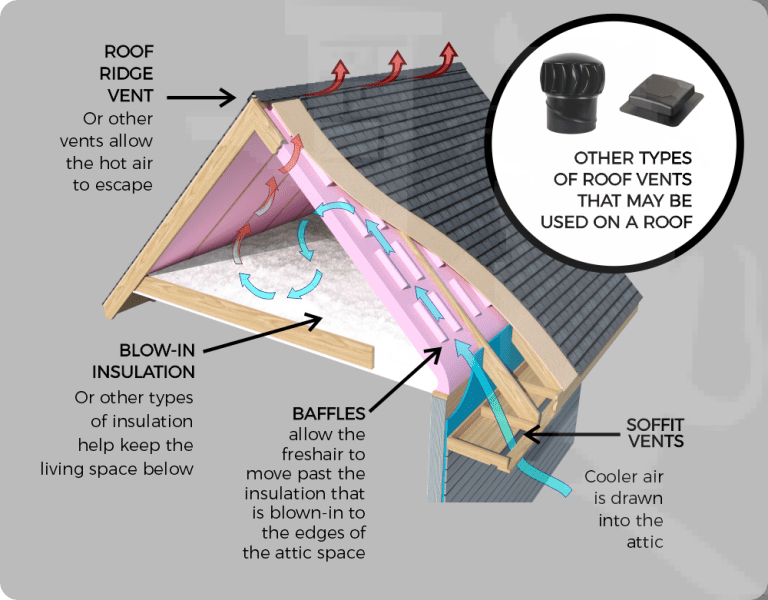
When it comes to ensuring the safety, comfort, and energy efficiency of your New England home, attic ventilation plays a key role that’s often overlooked. You’re right to ask about it. At its core, a well-ventilated attic can prevent mold, reduce heating costs in the winter, and make your air conditioning more efficient in the summer. Let’s break it down simply:
- Why it’s crucial: Keeps your home’s temperature regulated, avoids moisture build-up, and extends the life of your roof.
- Importance of attic vents: They’re your home’s way of breathing—letting hot air out and cool air in. This balance is what staves off ice dams in winter and reduces your cooling bills in the summer.
Knowing this is especially important for homeowners in New England, where the weather can go from one extreme to the other. Keeping your attic well-ventilated is not just about saving on energy costs; it’s also about protecting your investment in your home.
Understanding attic ventilation and recognizing the importance of attic vents are the first steps in safeguarding your home against a range of issues, from mold growth and wood rot to inefficient heating and cooling. Keep reading to explore more about how you can ensure your attic is properly ventilated, the types of vents that might work best for your home, and the overall benefits of getting it right.
Why Attic Ventilation is Crucial
When we talk about attic ventilation, it might not sound like the most exciting topic. However, it plays a crucial role in maintaining the health of your home and can save you from a heap of trouble (and money) down the road. Let’s break it down into simpler terms why attic vents are not just important, but essential.
Heat Regulation
During the summer months, your attic can become an oven. We’re talking temperatures up to 150°F (65°C). This isn’t just bad for any items stored in the attic; it also means your air conditioning has to work overtime to keep the rest of your house cool, leading to higher energy bills. Attic ventilation helps by allowing this super-hot air to escape, making it easier and more efficient to cool your home.
Moisture Control
In the cooler months, the opposite problem can occur. Warm air from your living spaces meets the cold underside of your roof and condenses, leading to moisture buildup. Over time, this moisture can cause wood rot and weaken the structure of your home, leading to the need for a roof replacement. Proper attic ventilation keeps air moving, reducing the buildup of moisture and protecting your home’s integrity.
Prevent Mold
Mold loves moist, stagnant environments. If your attic becomes a haven for moisture, mold won’t be far behind. Not only is mold a health hazard, causing respiratory issues and other illnesses, but it can also damage your home’s structure and your possessions. By ensuring your attic is well-ventilated, you significantly reduce the risk of mold taking hold.
Energy Efficiency
An often-overlooked benefit of attic ventilation is its impact on energy efficiency. In summer, a well-ventilated attic reduces the workload on your air conditioning system. In winter, it prevents ice dams by keeping the roof temperature even. This balance means lower energy bills year-round and a more comfortable living environment.
Attic ventilation might seem like a small part of home maintenance, but its impact is significant. From preventing costly damage to making your home more energy-efficient, the benefits are clear. Ensuring you have the right attic vents in place is a smart move for any homeowner.
Ventilation is all about balance. Too little, and you face moisture and heat buildup. Too much, and you might be letting in rain or losing too much heat in the winter. Finding that sweet spot is key to a healthy, efficient home.
We’ll dive into the types of attic vents available and how to tell if your attic is properly vented. Whether you’re building a new home or updating an existing one, understanding the role of attic ventilation can make all the difference.
Types of Attic Vents
Attic ventilation is crucial for maintaining a balanced temperature in your home and preventing moisture-related issues. Different types of attic vents serve distinct purposes, from allowing cool air to enter to letting hot, damp air escape. Here’s a breakdown of the various attic vents and their functions:
Under-Eave Vents
Under-eave vents, also known as soffit vents, are installed in the soffits (the underside of your roof’s overhangs). They are critical for allowing fresh, cool air to enter the attic at the lowest point. This cool air helps to push the hot air out through the vents located at the higher points of the attic. It’s a seamless cycle that keeps your attic from becoming an oven.
Ridge Vents
Ridge vents run along the peak of your roof, serving as the primary outlet for hot, moist air to escape from the attic. They are almost invisible from the ground, blending seamlessly with your roofline. By allowing hot air to exit right at the highest point, ridge vents take advantage of natural convection, making your attic’s ventilation system more efficient.
Gable Vents
Gable vents are installed in the exterior wall at the peak of the gable ends. These vents can act as both intake and exhaust points, depending on the wind direction and other installed ventilation systems. Gable vents work well in combination with soffit vents to create a good cross-ventilation system that moves hot air out and cool air in.
Turbine & Power Exhaust Vents
Turbine vents, also known as whirlybirds, and power exhaust vents are active ventilation solutions. Turbine vents use wind power to spin and draw hot air out of the attic. Power exhaust vents, on the other hand, use electric fans to expel hot air. Both types are more effective in removing hot air compared to passive vents but do require either wind (for turbines) or electricity (for power vents) to operate.
Fixed Exhaust Vents
Fixed exhaust vents, including static roof vents, do not have moving parts. They are installed near the ridge of the roof to allow hot air and moisture to escape. While they are not as efficient as ridge vents in expelling hot air, they are an important part of a balanced attic ventilation system, especially in homes where ridge vents cannot be installed.
Understanding the types of attic vents and how they work together can help you maintain an efficient and healthy home environment. Each type of vent has its own role in creating a balanced attic ventilation system that protects your home from heat and moisture damage. If you’re unsure about your attic’s ventilation needs, consulting with a professional like those at Northeast Home & Energy can provide clarity and ensure your home is well-ventilated.
For a deep dive into how attic ventilation works and the importance of each type of vent, check out this insightful discussion on Reddit.
Now, let’s explore how to tell if your attic is properly vented, ensuring your home remains comfortable and efficient year-round.
How to Tell if Your Attic is Properly Vented
Knowing if your attic has the right ventilation is key to keeping your home in good shape. Here’s how you can check:
Temperature Monitoring
One simple way is to monitor the temperature of your attic. During hot days, an attic without proper ventilation can reach temperatures significantly higher than the outside air. If you notice a big difference in temperature, it’s a sign your attic may not be vented well.
Moisture Levels
Moisture is a big no-no for attics. High moisture levels can lead to mold and rot, damaging your home’s structure and affecting air quality. If you see signs of moisture, like damp insulation or condensation on the underside of the roof, your attic’s ventilation needs improvement.
Signs of Poor Ventilation
Proper attic ventilation is not just about letting air in and out. It’s about maintaining a balance that keeps your home comfortable, safe, and energy-efficient. If you’re unsure about your attic’s ventilation or if you spot any of these signs, it might be time to call in the professionals. They can provide an expert assessment and solutions to ensure your attic is properly vented, keeping your home in top condition.
For further insight on the importance of attic ventilation and how to ensure yours is up to par, engaging in discussions and reading experiences from others can be quite enlightening. A great resource for this is a discussion found on Reddit, where various aspects of attic ventilation are covered in detail.
Next, we’ll look into how you can improve your attic’s ventilation to avoid these issues and enhance your home’s overall health and efficiency.
- Icicles or Ice Dams in Winter: These are clear indicators that heat is escaping through the attic and melting snow on the roof, which refreezes at the edge. It means your attic is too warm during colder months.
- Hot and Stuffy Attic Space: If your attic feels like a sauna, it’s not vented right. This can also lead to overheating in your living spaces below during summer.
- Mold or Mildew Smell: A musty smell in the attic or upper floors can indicate mold growth due to high moisture levels from poor ventilation.
Improving Your Attic Ventilation
Improving your attic’s ventilation is not just a matter of comfort, it’s a necessity for the health of your home. Let’s break down the types of vents and strategies you can employ to ensure your attic breathes properly.
Intake Vents
First off, Intake Vents are crucial. They allow fresh air to enter your attic at the lowest points, usually under the eaves. If your home lacks these, consider installing them to promote air circulation.
Soffit Venting
For homes with eaves, Soffit Venting is a common solution. These vents sit under the roof’s overhang and draw in cool air. They’re discrete and effective, but be cautious during attic insulation projects to avoid blocking them.
Venting Without Soffits
No eaves? No problem. Venting without soffits can be tackled with alternatives like gable or shingle-over vents. These are installed on the roof or the gable ends and help with the air intake process.
Exhaust Vents
Then there are Exhaust Vents. Located near the roof’s peak, they expel the hot air that rises. Ridge vents or static roof-line vents are common choices here. They work in tandem with intake vents to ensure a continuous airflow.
Venting Finished Attics
Venting finished attics requires a bit more creativity. Rafter vents or baffles can help maintain the necessary airflow between the insulation and the roof deck, crucial for homes with converted attic spaces.
Rafter Venting
Lastly, Rafter Venting plays a pivotal role in maintaining the attic’s health. It ensures that the air from the soffit vents flows freely to the exhaust vents, bypassing any insulation that might block the path.
By understanding and implementing these ventilation strategies, you can significantly improve your attic’s environment. This not only extends the life of your roof but also enhances your home’s energy efficiency and prevents moisture-related issues. A well-ventilated attic is a happy attic.
Keep these tips in mind and consider which solutions best fit your home’s design and your climate. Proper attic ventilation ensures your home remains comfortable, energy-efficient, and free of moisture and mold problems. For more detailed information and assistance, don’t hesitate to reach out to professionals like those at Northeast Home & Energy, who can guide you in choosing and installing the right attic vents for your home.
Common Questions on Attic Ventilation
Do attic vents really work?
Absolutely. Attic vents play a crucial role in maintaining the health of your home. They allow for the continuous flow of outdoor air through the attic, which is essential for removing excess heat and moisture. This not only helps to regulate the temperature in your attic but also prevents the buildup of moisture, which can lead to mold growth and structural damage.
Should you have a vent in your attic?
Yes, you should. Every attic needs to be ventilated. Why? Because proper ventilation helps to prevent a series of problems such as mold, moisture accumulation, and excessive heat. These issues can lead to higher energy bills, damage to roof structures, and even health problems for the occupants. The type and amount of ventilation will depend on the size and design of your attic, but having some form of ventilation is non-negotiable.
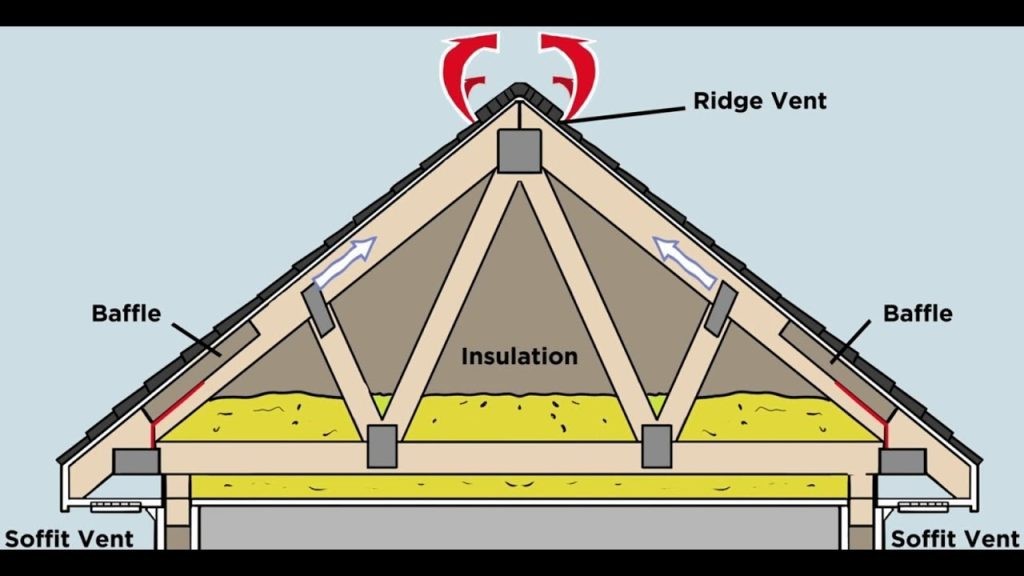
How much ventilation is required in an attic?
The rule of thumb for attic ventilation, according to the International Residential Code (IRC), is that you need about 1 square foot of vent area for every 150 square feet of attic space. This is often referred to as the 1:150 rule. However, this can vary based on factors such as the climate and the design of your house.
For optimal performance, the ventilation should be split between intake vents, located under the eaves or soffits to let fresh air into the attic, and exhaust vents, situated near the peak of the roof to allow warm air to escape. This setup creates a natural flow of air that helps to keep the attic temperature close to the outdoor temperature, reducing the risk of issues caused by excessive heat or moisture.
In some cases, additional venting methods might be necessary, especially for attics that are difficult to ventilate using traditional methods. The key is to ensure a balanced system where the intake and exhaust areas are roughly equal, allowing for continuous airflow that ventilates the attic effectively.
Each attic is unique, and what works for one home might not be suitable for another. It’s always a good idea to consult with a professional, such as those at Northeast Home & Energy, to get a personalized assessment of your attic’s ventilation needs. They can help you determine the right amount and type of vents for your specific situation, ensuring your attic is well-ventilated and your home remains comfortable and safe.
For more insights into ensuring your attic is properly ventilated, reaching out to a professional service like Northeast Home & Energy can provide you with the expertise and solutions tailored to your home’s specific needs.
The journey through understanding the ins and outs of attic ventilation might seem complex at first, but it’s quite straightforward when you break it down. Attic vents play a pivotal role in maintaining the health of your home. They regulate temperature, control moisture, prevent mold, and enhance energy efficiency. But, knowing the importance is just the first step. Implementing the right solutions is where the real impact is made.
Benefits of Proper Attic Ventilation
Let’s recap why ensuring your attic is well-ventilated is worth the effort:
– Temperature Regulation: Keeps your home cooler in the summer and warmer in the winter.
– Moisture Control: Reduces the risk of mold and wood rot, preserving the integrity of your home’s structure.
– Energy Efficiency: Lowers heating and cooling costs by improving the overall efficiency of your home.
– Extended Roof Life: Prevents ice dams and reduces wear on shingles, extending the life of your roof.
Each benefit contributes to a more comfortable, safe, and cost-effective living environment. It’s not just about the immediate impact but also about safeguarding the future of your home.
Northeast Home & Energy
At Northeast Home & Energy, we understand the crucial role attic ventilation plays in your home’s wellbeing. Our expertise in attic vents and ventilation solutions means we’re not just a service provider; we’re your partner in maintaining a healthy, efficient home. From assessing your current attic ventilation to implementing the most effective improvements, our team is dedicated to ensuring your home benefits from optimal attic ventilation.
Whether you’re dealing with under-eave vents, ridge vents, gable vents, or exploring options like turbine and power exhaust vents, we’ve got the knowledge and experience to guide you through. Every home is unique, and there’s no one-size-fits-all solution. That’s why we tailor our approach to your specific situation, ensuring your attic is well-ventilated and your home remains comfortable and safe.
For more insights into ensuring your attic is properly ventilated, reaching out to a professional service like Northeast Home & Energy can provide you with the expertise and solutions tailored to your home’s specific needs. Don’t underestimate the power of proper attic ventilation. It’s a crucial component of home maintenance that can lead to significant long-term benefits.
Make the right choice for your home’s future. Let’s ensure your attic ventilation is up to par. Discover how Northeast Home & Energy can help.
Subscribe to Northeast Home & Energy's Blog




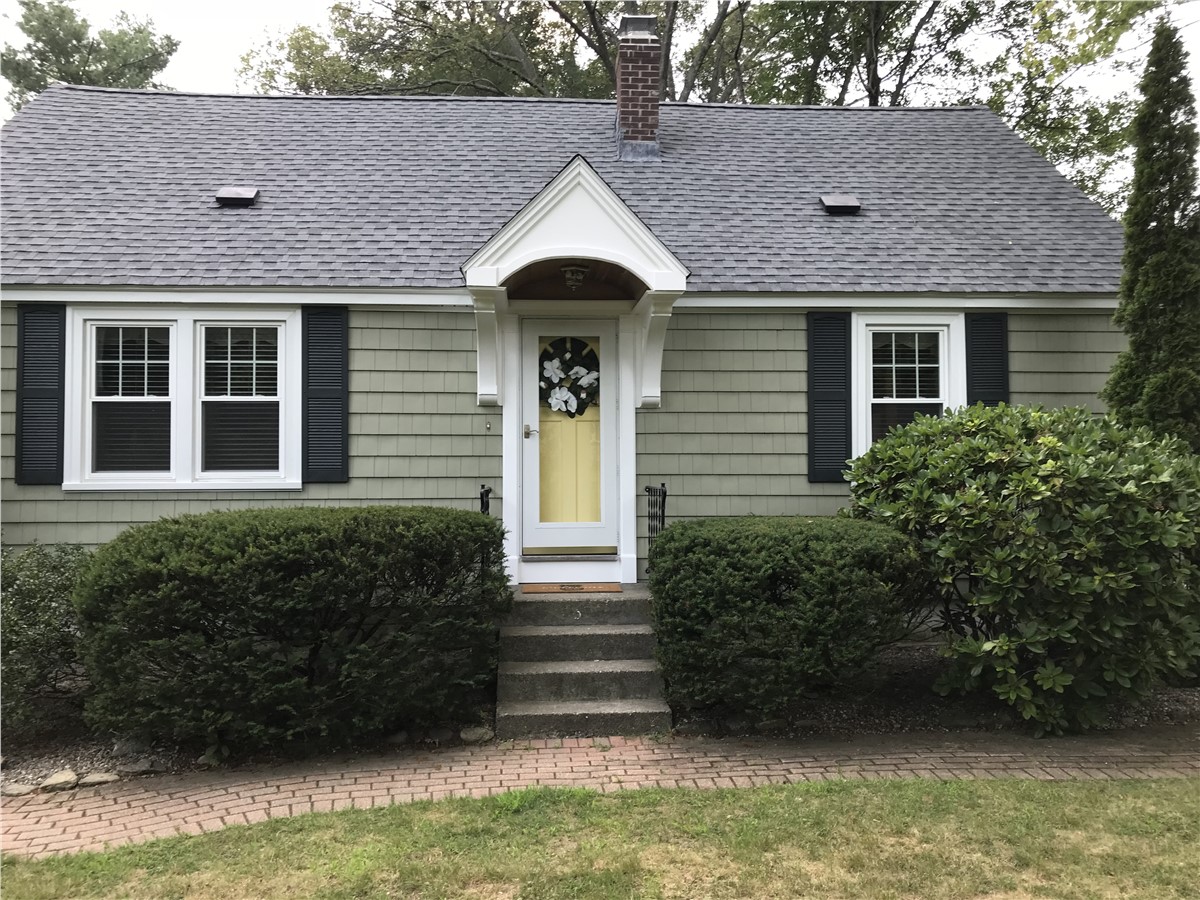
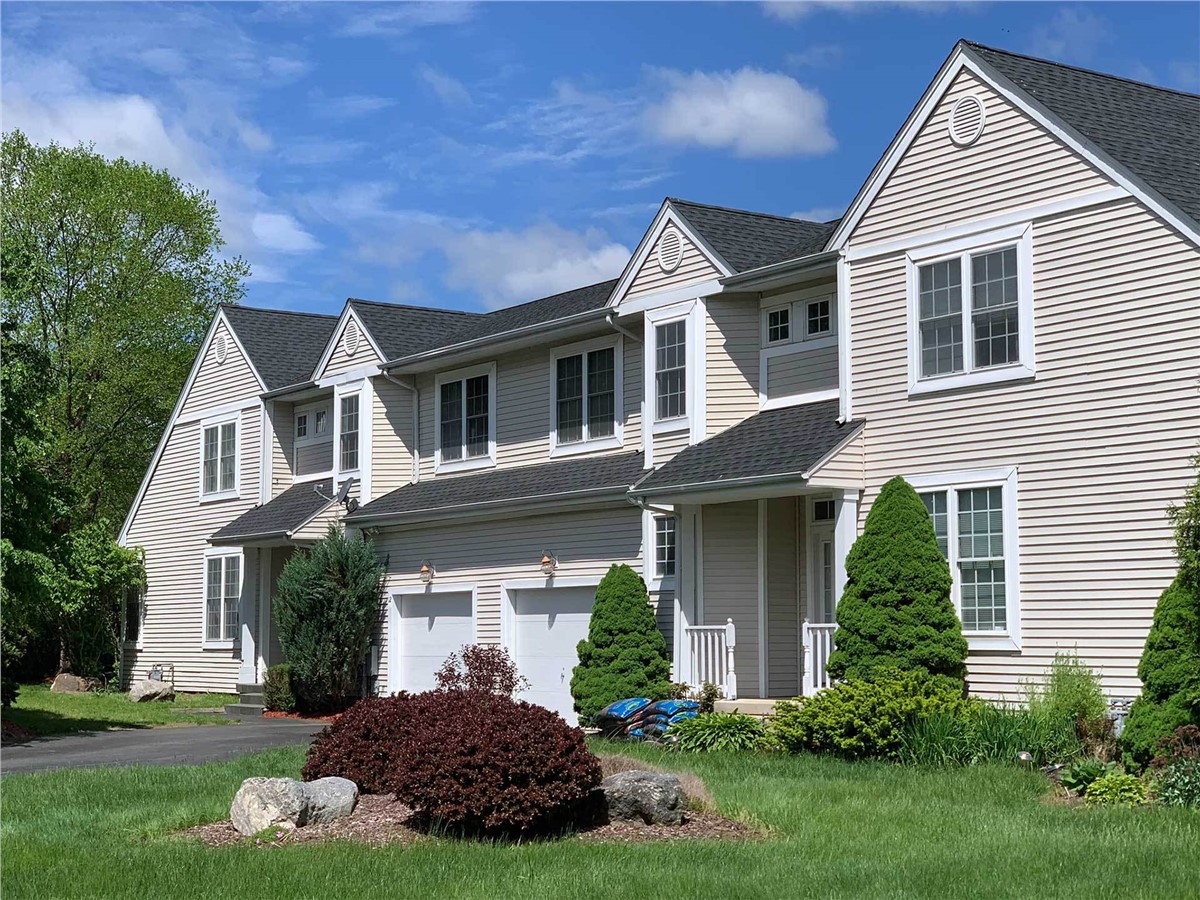
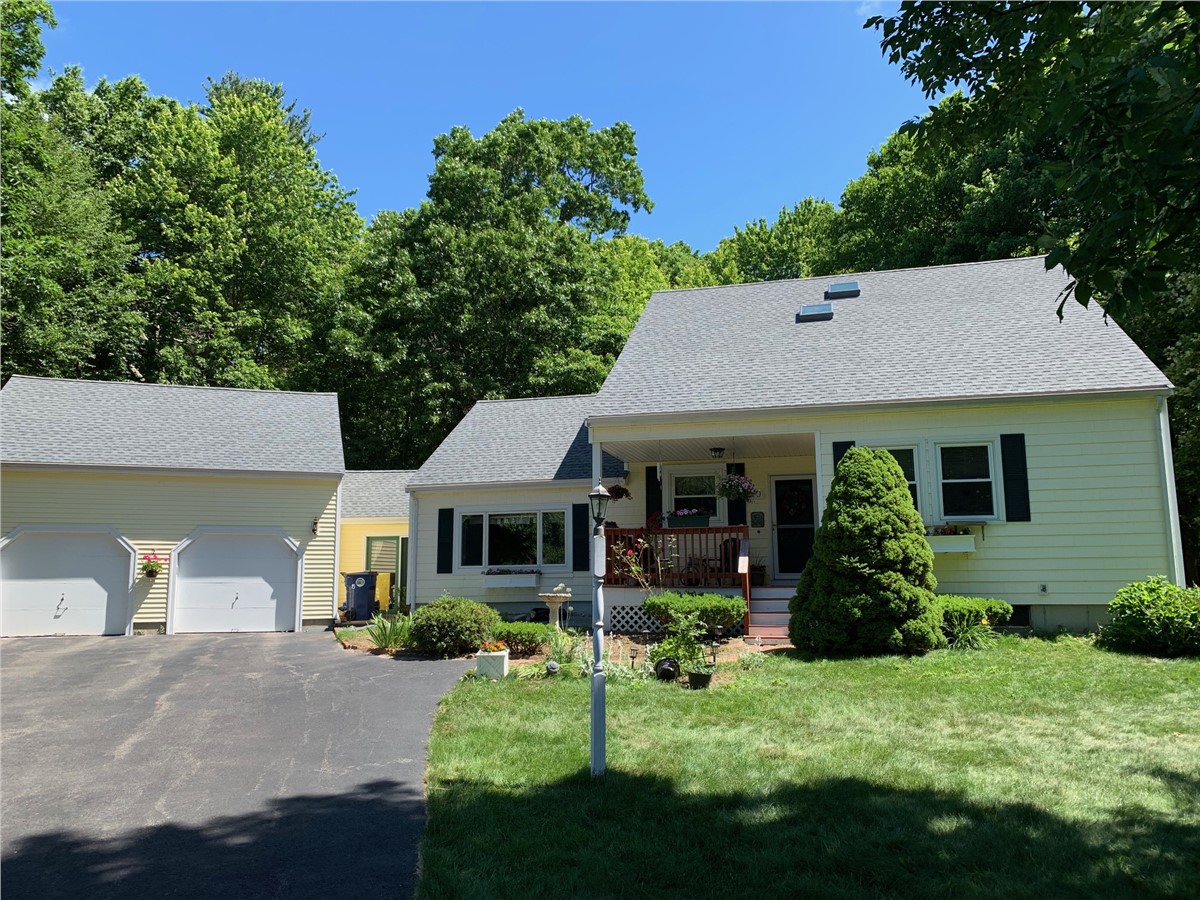

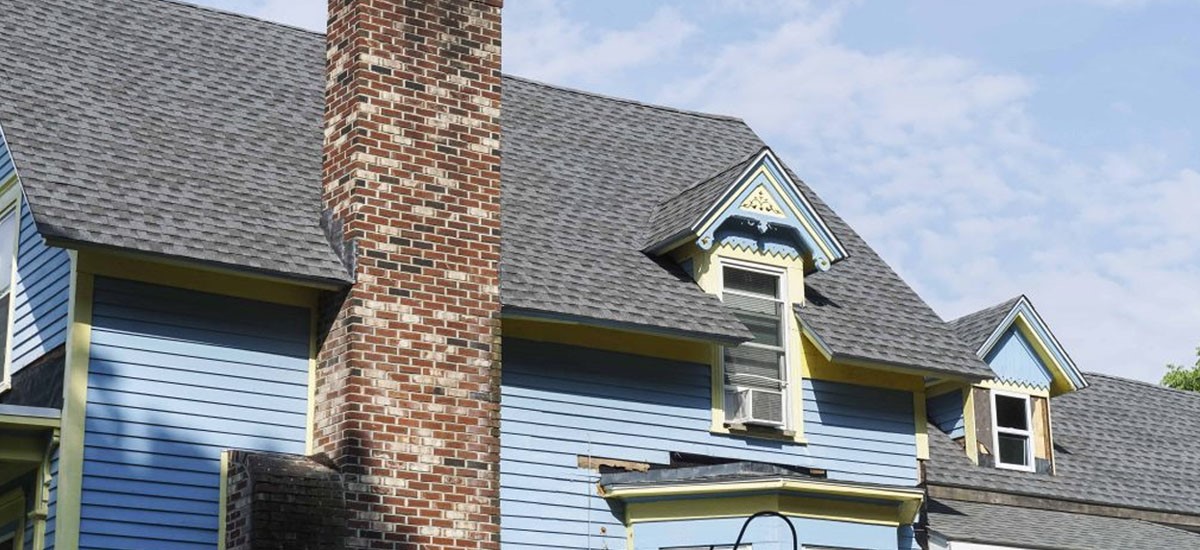

Comments